N-甲基-L-脯氨酸,Hygric acid N-Methyl-L-proline,分析标准品,HPLC≥99%
产品编号:Bellancom-21754| CAS NO:475-11-6| 分子式:C6H11NO2| 分子量:129.16
潮酸(N-甲基-L-脯氨酸)是一种脯氨酸类似物,存在于柑橘汁和佛手柑汁中。
本网站销售的所有产品仅用于工业应用或者科学研究等非医疗目的,不可用于人类或动物的临床诊断或者治疗,非药用,非食用,
| 产品名称 | N-甲基-L-脯氨酸 | ||||||||||||||||
|---|---|---|---|---|---|---|---|---|---|---|---|---|---|---|---|---|---|
| 英文名称 | Hygric acid N-Methyl-L-proline | ||||||||||||||||
| CAS编号 | 475-11-6 | ||||||||||||||||
| 产品描述 | 潮酸(N-甲基-L-脯氨酸)是一种脯氨酸类似物,存在于柑橘汁和佛手柑汁中。 | ||||||||||||||||
| 产品熔点 | 114-116ºC(lit.) | ||||||||||||||||
| 产品沸点 | 227.1±33.0 °C at 760 mmHg | ||||||||||||||||
| 产品密度 | 1.2±0.1 g/cm3 | ||||||||||||||||
| 产品闪点 | 91.1±25.4 °C | ||||||||||||||||
| 精确质量 | 129.078979 | ||||||||||||||||
| PSA | 40.54000 | ||||||||||||||||
| LogP | -0.17 | ||||||||||||||||
| 外观性状 | Powder | White to off-white | ||||||||||||||||
| 蒸气压 | 0.0±0.9 mmHg at 25°C | ||||||||||||||||
| 折射率 | 1.498 | ||||||||||||||||
| 溶解性 | Soluble in water and methanol(both 50 mg/ml-clear-colorless solution) | ||||||||||||||||
| 溶解性数据 | In Vitro:
DMSO : 100 mg/mL (774.23 mM; Need ultrasonic) H2O : 100 mg/mL (774.23 mM; Need ultrasonic) 配制储备液
*
请根据产品在不同溶剂中的溶解度选择合适的溶剂配制储备液;一旦配成溶液,请分装保存,避免反复冻融造成的产品失效。 In Vivo:
请根据您的实验动物和给药方式选择适当的溶解方案。以下溶解方案都请先按照 In Vitro 方式配制澄清的储备液,再依次添加助溶剂:
——为保证实验结果的可靠性,澄清的储备液可以根据储存条件,适当保存;体内实验的工作液,建议您现用现配,当天使用;
以下溶剂前显示的百
| ||||||||||||||||
| 稳定性 | 按规格使用和贮存,不会发生分解,避免与氧化物接触 | ||||||||||||||||
| 储存条件 | -20°C密封保存,放置于通风、干燥地方,避免于其他氧化物接触。 |
相关文档
化学品安全说明书(MSDS)
下载MSDS质检证书(COA)
相关产品
| 危险品运输编码 | NONH for all modes of transport |
|---|---|
| WGK德国 | 3 |
| 海关编码 | 2933990090 |
|
SECTION 1: Identification of the substance/mixture and of the company/undertaking Product identifiers Product name: N-Methyl-L-proline REACH No.: A registration number is not available for this substance as the substance or its uses are exempted from registration, the annual tonnage does not require a registration or the registration is envisaged for a later registration deadline.
CAS-No.: 475-11-6 Relevant identified uses of the substance or mixture and uses advised against Identified uses: Laboratory chemicals, Manufacture of substances SECTION 2: Hazards identification Classification of the substance or mixture Not a hazardous substance or mixture according to Regulation (EC) No. 1272/2008. Not a hazardous substance or mixture according to EC-directives 67/548/EEC or 1999/45/EC. Label elements The product does not need to be labelled in accordance with EC directives or respective national laws. Other hazards - none SECTION 3: Composition/information on ingredients Substances Chemical characterization : Natural product Formula: C6H11NO2 Molecular Weight: 129,16 g/mol CAS-No.: 475-11-6 No components need to be disclosed according to the applicable regulations. SECTION 4: First aid measures Description of first aid measures If inhaled If breathed in, move person into fresh air. If not breathing, give artificial respiration. In case of skin contact Wash off with soap and plenty of water. In case of eye contact Flush eyes with water as a precaution. If swallowed Never give anything by mouth to an unconscious person. Rinse mouth with water. Most important symptoms and effects, both acute and delayed The most important known symptoms and effects are described in the labelling (see section 2.2) and/or in section 11 Indication of any immediate medical attention and special treatment needed no data available SECTION 5: Firefighting measures Extinguishing media Suitable extinguishing media Use water spray, alcohol-resistant foam, dry chemical or carbon dioxide. Special hazards arising from the substance or mixture Carbon oxides, nitrogen oxides (NOx) Advice for firefighters Wear self contained breathing apparatus for fire fighting if necessary. Further information no data available SECTION 6: Accidental release measures Personal precautions, protective equipment and emergency procedures Avoid dust formation. Avoid breathing vapours, mist or gas. For personal protection see section 8. Environmental precautions Do not let product enter drains. Methods and materials for containment and cleaning up Sweep up and shovel. Keep in suitable, closed containers for disposal. Reference to other sections For disposal see section 13. SECTION 7: Handling and storage Precautions for safe handling Provide appropriate exhaust ventilation at places where dust is formed. For precautions see section 2.2. Conditions for safe storage, including any incompatibilities Store in cool place. Keep container tightly closed in a dry and well-ventilated place. Recommended storage temperature: -20 °C Specific end use(s) A part from the uses mentioned in section 1.2 no other specific uses are stipulated SECTION 8: Exposure controls/personal protection Control parameters Components with workplace control parameters Exposure controls Appropriate engineering controls General industrial hygiene practice. Personal protective equipment Eye/face protection Use equipment for eye protection tested and approved under appropriate government standards such as NIOSH (US) or EN 166(EU). Skin protection Handle with gloves. Gloves must be inspected prior to use. Use proper glove removal technique (without touching glove's outer surface) to avoid skin contact with this product. Dispose of contaminated gloves after use in accordance with applicable laws and good laboratory practices. Wash and dry hands. The selected protective gloves have to satisfy the specifications of EU Directive 89/686/EEC and the standard EN 374 derived from it. Full contact Material: Nitrile rubber Minimum layer thickness: 0,11 mm Break through time: 480 min Material tested:Dermatril® (KCL 740 / Z677272, Size M) Splash contact Material: Nitrile rubber Minimum layer thickness: 0,11 mm Break through time: 480 min Material tested:Dermatril® (KCL 740 / Z677272, Size M) data source: KCL GmbH, D-36124 Eichenzell, phone +49 (0)6659 87300, test method: EN374 If used in solution, or mixed with other substances, and under conditions which differ from EN 374, contact the supplier of the CE approved gloves. This recommendation is advisory only and must be evaluated by an industrial hygienist and safety officer familiar with the specific situation of anticipated use by our customers. It should not be construed as offering an approval for any specific use scenario. Body Protection Choose body protection in relation to its type, to the concentration and amount of dangerous substances, and to the specific work-place., The type of protective equipment must be selected according to the concentration and amount of the dangerous substance at the specific workplace. Respiratory protection Respiratory protection is not required. Where protection from nuisance levels of dusts are desired, use type N95 (US) or type P1 (EN 143) dust masks. Use respirators and components tested and approved under appropriate government standards such as NIOSH (US) or CEN (EU). Control of environmental exposure Do not let product enter drains. SECTION 9: Physical and chemical properties Information on basic physical and chemical properties a) AppearanceForm: solid b) Odourno data available c) Odour Thresholdno data available d) pHno data available e) Melting point/freezingMelting point/range: 114 - 116 °C point f) Initial boiling point and no data available boiling range g) Flash pointno data available h) Evapouration rateno data available i) Flammability (solid, gas) no data available j) Upper/lowerno data available flammability or explosive limits k) Vapour pressureno data available l) Vapour densityno data available m) Relative densityno data available n) Water solubilityno data available o) Partition coefficient: n- no data available octanol/water p) Auto-ignitionno data available temperature q) Decompositionno data available temperature r) Viscosityno data available s) Explosive propertiesno data available t) Oxidizing propertiesno data available Other safety information no data available SECTION 10: Stability and reactivity Reactivity no data available Chemical stability Stable under recommended storage conditions. Possibility of hazardous reactions no data available Conditions to avoid no data available Incompatible materials Strong oxidizing agents Hazardous decomposition products Other decomposition products - no data available In the event of fire: see section 5 SECTION 11: Toxicological information Information on toxicological effects Acute toxicity no data available Skin corrosion/irritation no data available Serious eye damage/eye irritation no data available Respiratory or skin sensitisation no data available Germ cell mutagenicity no data available Carcinogenicity IARC:No component of this product present at levels greater than or equal to 0.1% is identified as probable, possible or confirmed human carcinogen by IARC. Reproductive toxicity no data available Specific target organ toxicity - single exposure no data available Specific target organ toxicity - repeated exposure no data available Aspiration hazard no data available Additional Information RTECS: Not available To the best of our knowledge, the chemical, physical, and toxicological properties have not been thoroughly investigated. SECTION 12: Ecological information Toxicity no data available Persistence and degradability no data available Bioaccumulative potential no data available Mobility in soil no data available Results of PBT and vPvB assessment PBT/vPvB assessment not available as chemical safety assessment not required/not conducted Other adverse effects no data available SECTION 13: Disposal considerations Waste treatment methods Product Offer surplus and non-recyclable solutions to a licensed disposal company. Contaminated packaging Dispose of as unused product. SECTION 14: Transport information UN number ADR/RID: -IMDG: -IATA: - UN proper shipping name ADR/RID: Not dangerous goods IMDG: Not dangerous goods IATA:Not dangerous goods Transport hazard class(es) ADR/RID: -IMDG: -IATA: - Packaging group ADR/RID: -IMDG: -IATA: - Environmental hazards ADR/RID: noIMDG Marine pollutant: noIATA: no Special precautions for user no data available SECTION 15 - REGULATORY INFORMATION N/A SECTION 16 - ADDITIONAL INFORMATION N/A |
|
~87% 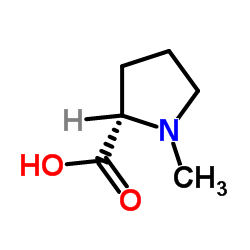
475-11-6 |
| 文献:Abbott Laboratories Patent: US5516912 A1, 1996 ; |
|
~10% 
475-11-6 |
| 文献:Aurelio, Luigi; Box, John S.; Brownlee, Robert T. C.; Hughes, Andrew B.; Sleebs, Marianne M. Journal of Organic Chemistry, 2003 , vol. 68, # 7 p. 2652 - 2667 |
|
~% 
475-11-6 
475-11-6 |
| 文献:Gawley, Robert E.; Zhang, Qianhui Journal of the American Chemical Society, 1993 , vol. 115, # 16 p. 7515 - 7516 |
|
~% 
475-11-6 |
| 文献:Ingram Journal of Biological Chemistry, 1953 , vol. 202, p. 193,194 |
|
~% 
475-11-6 |
| 文献:Daughtry, Kelly D.; Xiao, Youli; Stoner-Ma, Deborah; Cho, Eunsun; Orville, Allen M.; Liu, Pinghua; Allen, Karen N. Journal of the American Chemical Society, 2012 , vol. 134, # 5 p. 2823 - 2834 |
|
~% 
475-11-6 |
| 文献:Karrer; Widmer Helvetica Chimica Acta, 1925 , vol. 8, p. 366 |
|
~% 
475-11-6 |
| 文献:Marusic Croatica Chemica Acta, 1959 , vol. 31, p. 157 |
| 上游产品 7 | |
|---|---|
| 下游产品 2 | |

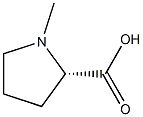
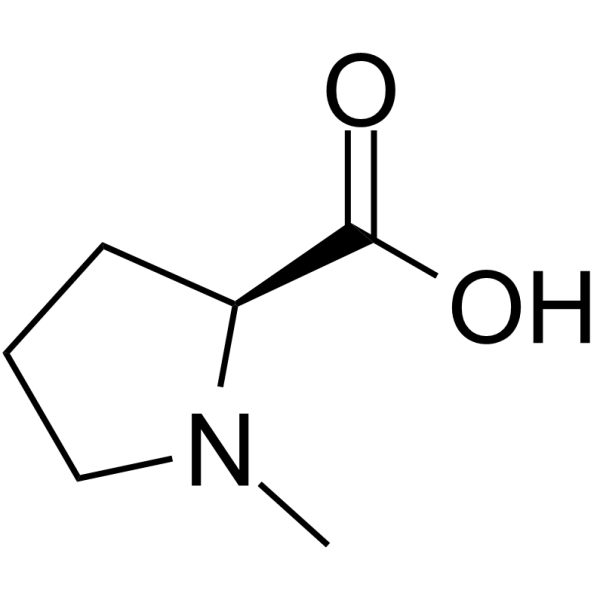
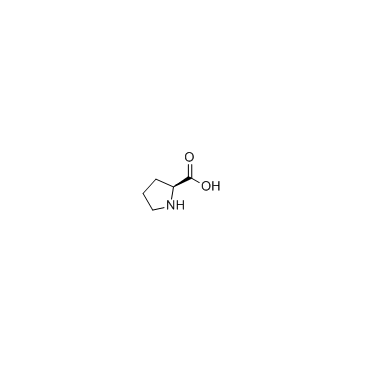
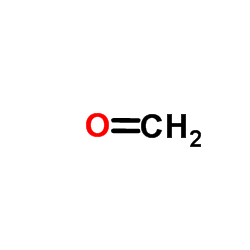
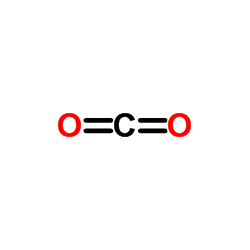

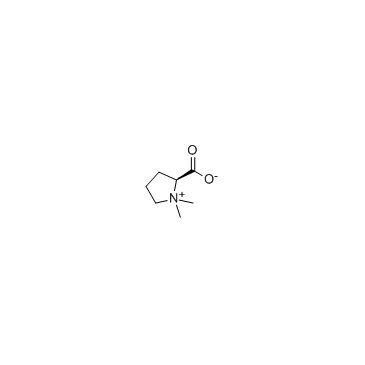
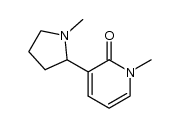

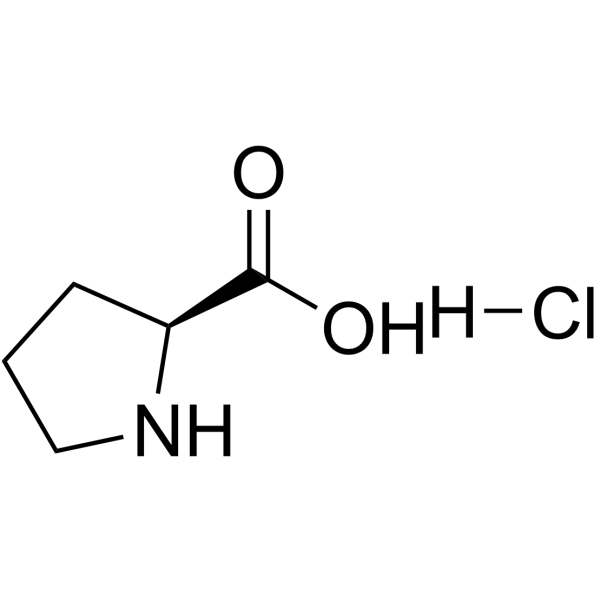
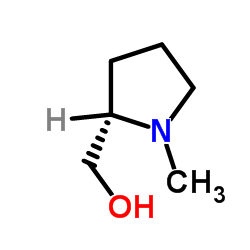





 浙公网安备 33010802013016号
浙公网安备 33010802013016号